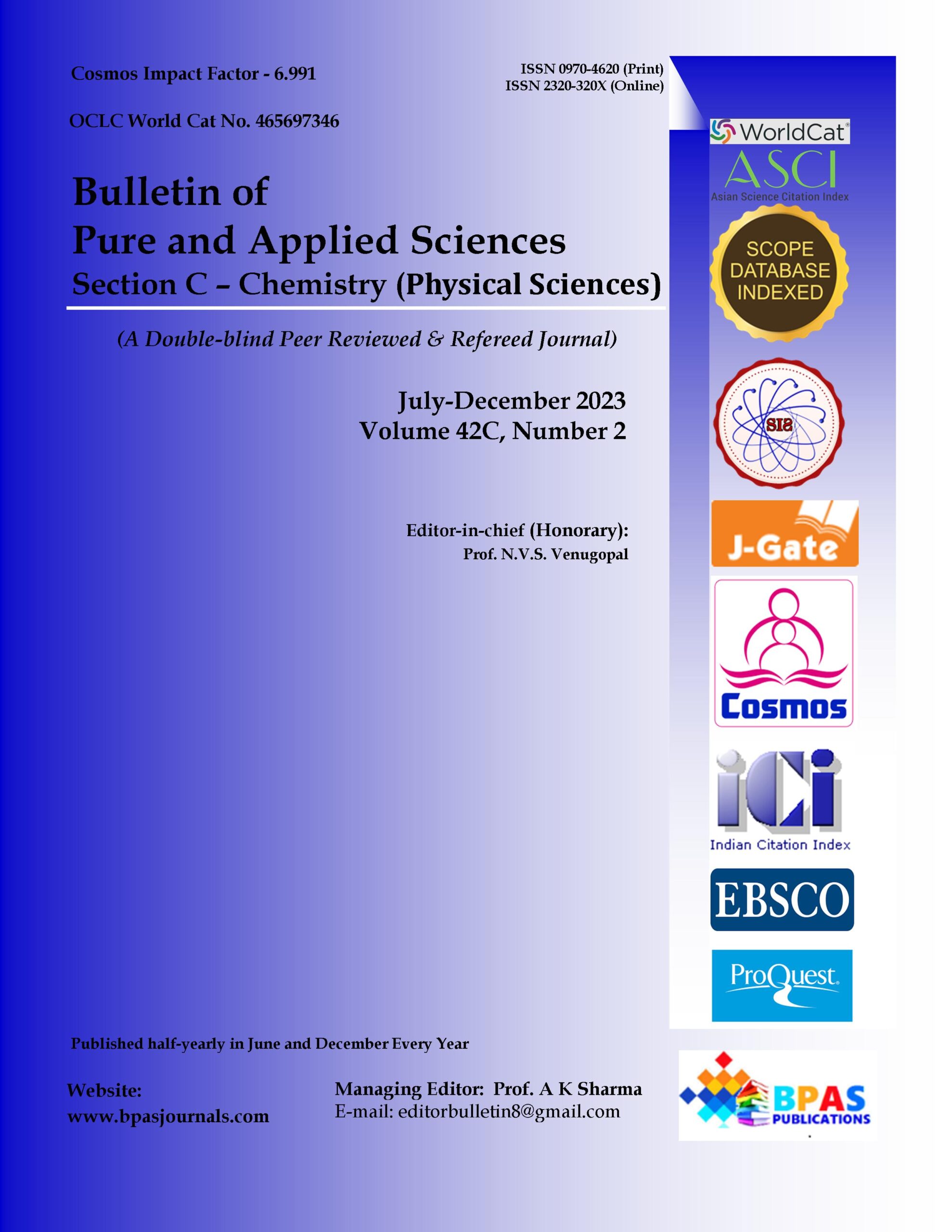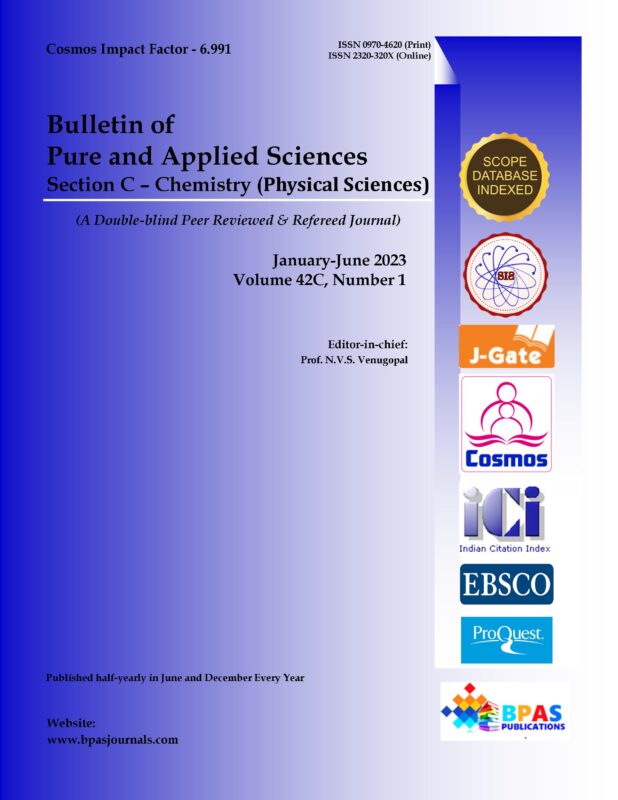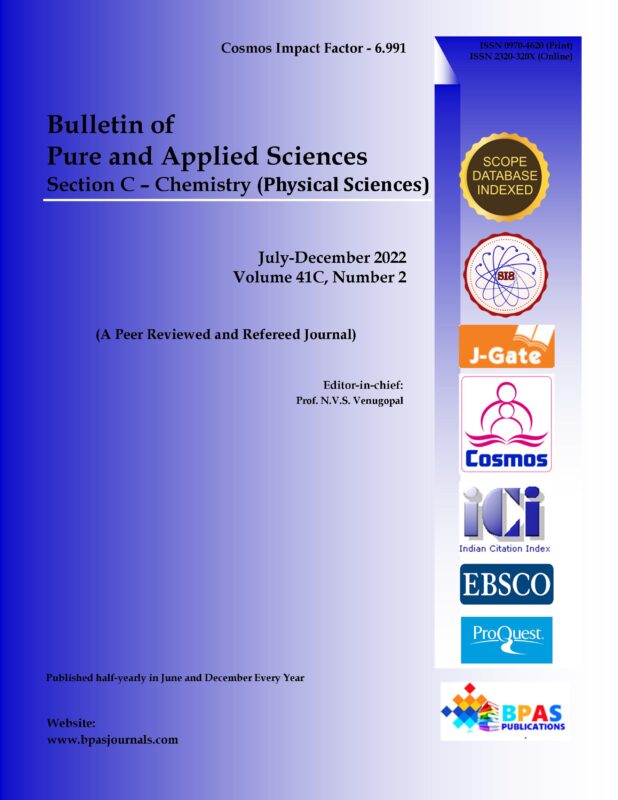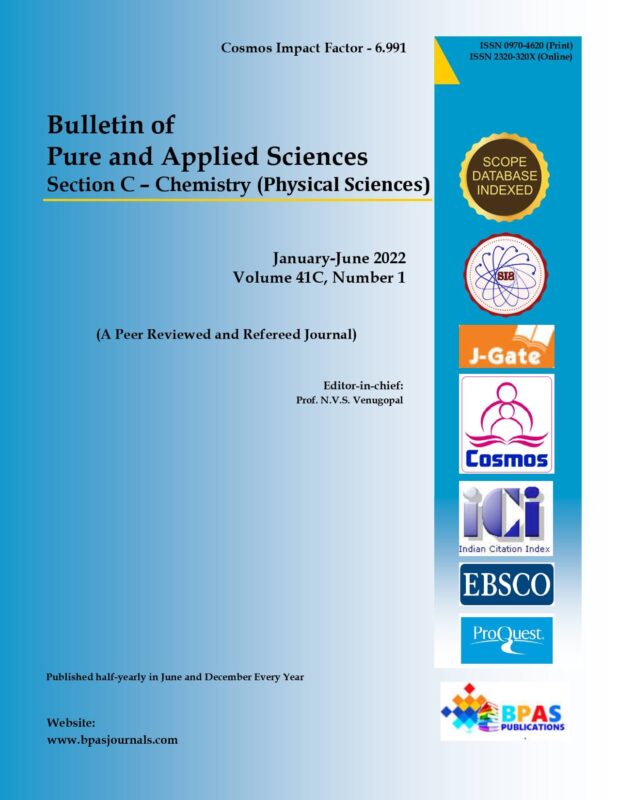Development of Al2014/Nano Carbon Black Reinforced Aluminium Metal Matrix Composites
9.38$
1Rajashekar Ghogge, 2Kenchamarappa, 3Pruthviraj R.D.*
Original Article
Bulletin of Pure and Applied Sciences.
Chemistry , Vol.42 C, No.2
July-December 2023: P.76-84
Description
1Rajashekar Ghogge, 2Kenchamarappa, 3Pruthviraj R.D.*
Author Affiliations
1,2Department of Physics, Dr. Ambedkar Institute of Technology, Bengaluru, Karnataka 560056, India
3Chemistry R&D Centre, Department of Chemistry, Rajarajeswari College of Engineering, Bengaluru, Karnataka 560074, India.
*Corresponding Author
Pruthviraj RD
Chemistry R&D Centre, Department of Chemistry, Rajarajeswari College of Engineering, Bengaluru, Karnataka 560074, India.
E-mail: pruthvirajrd@gmail.com
Received on 21.07.2023, Revised on 27.08.2023, Approved on 10.09.2023, Accepted on 25.11.2023, Published on 23.12.2023




